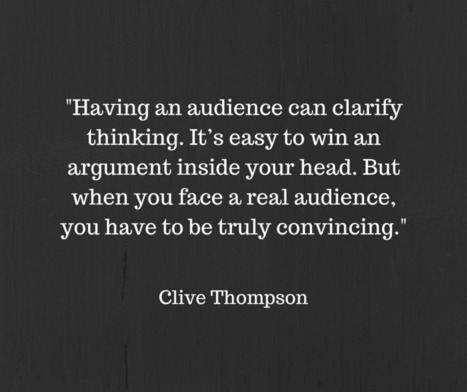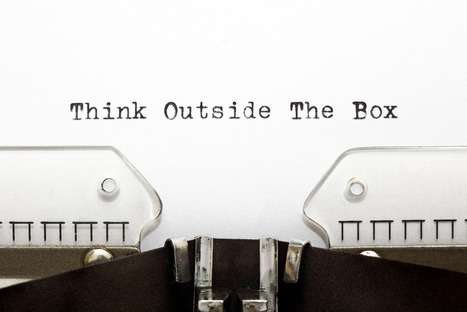As many educators are either on their summer break or about to enter it, I know many are looking for great books to read. This is great, but as we hope for our students, consumption should not be the only focus, but creation as well. If you are looking to read, how will you connect the information you consume and dig deeper?
For this, blogging is a great tool not only to synthesize your learning but to also catalog it into a type of library. Going through the process of writing “The Innovator’s Mindset” and finishing my second book, my blog was invaluable in finding great information from others that I had placed into my blog that I could reshare in a book.
Via Elizabeth E Charles



 Your new post is loading...
Your new post is loading...








